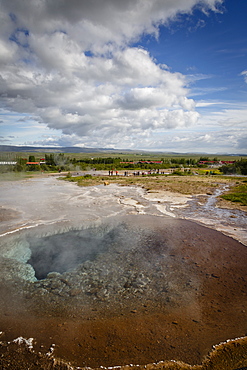Results
1 results found
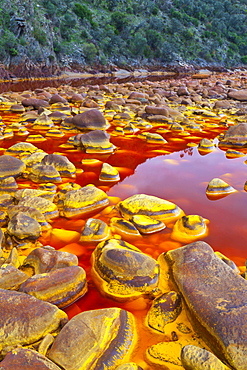
Rio Tinto red river reddish hue due to iron copper and sulfur dissolved in the water habitat with extreme conditions for life forms Andalusia

Rio Tinto red river reddish hue due to iron copper and sulfur dissolved in the water habitat with extreme conditions for life forms Andalusia
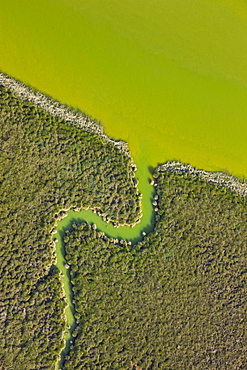
aerial view Rio Tinto red river reddish hue due to iron copper and sulfur dissolved in the water habitat with extreme conditions for life forms Andalusia
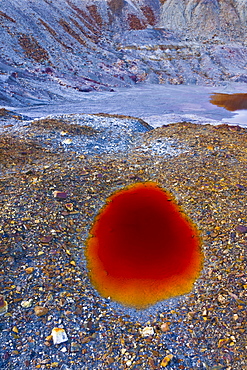
Rio Tinto red river reddish hue due to iron copper and sulfur dissolved in the water habitat with extreme conditions for life forms Andalusia
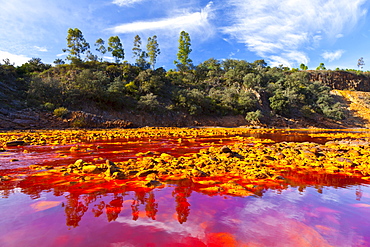
Rio Tinto red river reddish hue due to iron copper and sulfur dissolved in the water habitat with extreme conditions for life forms Andalusia
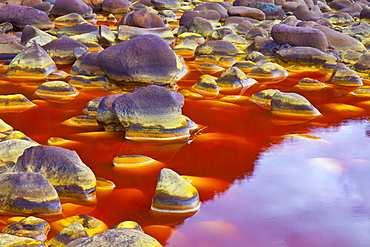
Rio Tinto red river reddish hue due to iron copper and sulfur dissolved in the water habitat with extreme conditions for life forms Andalusia

R?o Tinto, Andalucia, Spain *** Local Caption *** R?o Tinto ("Red River") is very acidic (Ph 2) and has a deep reddish hue due to iron dissolved in water. The acidity of the watercourse is linked to the drainage of pyrite, which is very present in the subsoil. Extremophilic and endemic bacteria and algae colonize the river bed, forming a fragile biofilm that evokes the hot springs of Yellowstone Park in the USA.
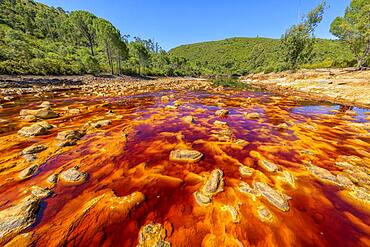
R?o Tinto, Andalucia, Spain *** Local Caption *** R?o Tinto ("Red River") is very acidic (Ph 2) and has a deep reddish hue due to iron dissolved in water. The acidity of the watercourse is linked to the drainage of pyrite, which is very present in the subsoil. Extremophilic and endemic bacteria and algae colonize the river bed, forming a fragile biofilm that evokes the hot springs of Yellowstone Park in the USA.

Clay loaded with iron oxides and dried out, Rio Tinto, Andalusia, Spain *** Local Caption *** R?o Tinto ("Red River") is very acidic (Ph 2) and has a deep reddish hue due to iron dissolved in water. The acidity of the watercourse is linked to the drainage of pyrite, which is very present in the subsoil. Extremophilic and endemic bacteria and algae colonize the river bed, forming a fragile biofilm that evokes the hot springs of Yellowstone Park in the USA.
